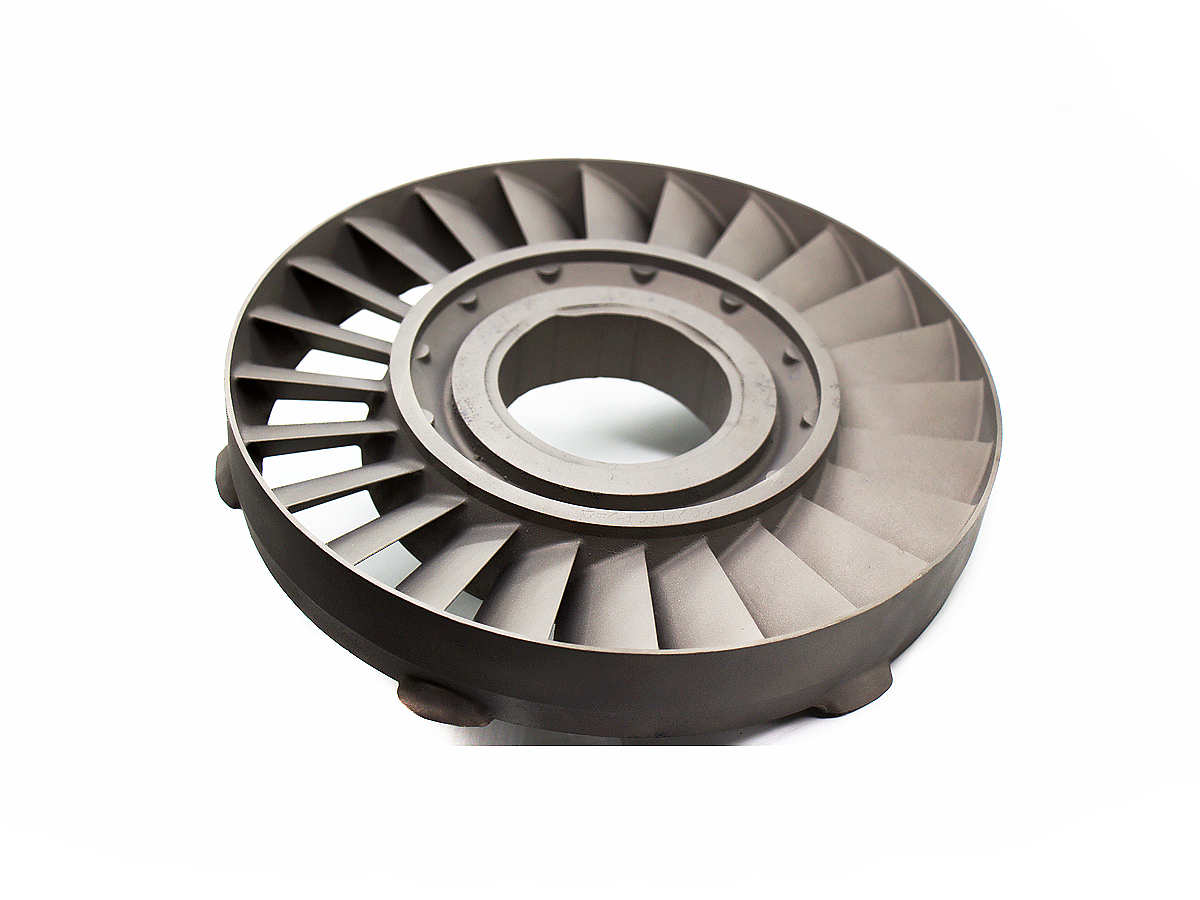Binder Jetting 3D Printing: Rapid & Cost-Effective Superalloy Prototyping and Production
Introduction
Binder Jetting is a cutting-edge additive manufacturing technology enabling rapid, cost-effective production and prototyping of complex superalloy components. Binder Jetting achieves precision part fabrication without thermal stresses by selectively depositing a liquid binding agent onto powder layers. This process supports superalloys such as Inconel 625 and Haynes 230, significantly accelerating development cycles and reducing production costs by up to 40%.
Unlike conventional methods, Binder Jetting allows intricate designs, optimized internal structures, and minimal material waste, making it ideal for industries demanding efficient, scalable solutions.
Applicable Material Matrix
Material | Density (g/cm³) | Tensile Strength (MPa) | Yield Strength (MPa) | Max Operating Temp. (°C) |
|---|---|---|---|---|
8.44 | 930 | 517 | 982 | |
8.19 | 1375 | 1100 | 700 | |
8.97 | 860 | 450 | 1150 | |
8.22 | 800 | 385 | 1200 | |
8.25 | 1240 | 875 | 980 |
Material Selection Guide
Inconel 625: Ideal for chemical processing equipment, marine applications, and aerospace components due to exceptional corrosion resistance and high strength at elevated temperatures.
Inconel 718: Suitable for turbine blades, rocket engines, and structural components, offering high yield strength (1100 MPa) and excellent fatigue performance up to 700°C.
Haynes 230: Recommended for high-temperature furnace parts and gas turbine components, providing superior oxidation resistance and ductility (45% elongation).
Hastelloy X: Optimal choice for aerospace exhaust systems and combustion chambers, excelling in thermal stability and oxidation resistance up to 1200°C.
Rene 41: Excellent for rocket propulsion and turbine components, with outstanding creep resistance and yield strength of 875 MPa at high temperatures.
Process Performance Matrix
Attribute | Binder Jetting Performance |
|---|---|
Dimensional Accuracy | ±0.2 mm |
Density | ~97–99% (post-sintering) |
Layer Thickness | 50–100 μm |
Surface Roughness | Ra 10–20 μm |
Minimum Feature Size | 0.5 mm |
Process Selection Guide
Cost-Effective Prototyping: Enables rapid, cost-efficient iterations without expensive tooling, reducing prototyping costs by approximately 40%.
Complexity & Scalability: Capable of producing highly intricate geometries, internal channels, and lattice structures at scale.
Reduced Material Waste: Material-efficient additive process with near-zero waste, significantly reducing production overhead.
Short Lead Times: Ideal for batch manufacturing, cutting production cycle times by over 50% compared to traditional casting or machining methods.
Case In-Depth Analysis: Binder Jetting Inconel 625 Heat Exchanger Prototyping and Production
A leading manufacturer in the energy sector required rapid production of high-performance heat exchanger components capable of operating in aggressive environments above 900°C. Utilizing our advanced Binder Jetting service with Inconel 625, we produced components achieving tensile strengths of 930 MPa and densities over 98% post-sintering. The new design featured optimized internal geometries, reducing heat exchanger weight by 35% and improving thermal efficiency by 20%. Subsequent post-processing included high-precision CNC machining and protective surface treatments like electropolishing, significantly enhancing part longevity and corrosion resistance.
Industry Applications
Aerospace and Aviation
Rapid prototyping of turbine blades and structural brackets.
Lightweight aerospace housings with internal channels.
Combustion chambers and nozzle components for rockets.
Automotive
High-temperature turbocharger impellers.
Lightweight exhaust system components.
Complex engine valves and fuel injection nozzles.
Energy and Power
Custom heat exchangers and radiators for power plants.
Complex components for nuclear reactors and renewable energy systems.
High-temperature burner components for industrial furnaces.
Mainstream 3D Printing Technology Types for Industrial Applications
Selective Laser Melting (SLM): Precision-focused method suitable for dense, high-strength metallic components.
Electron Beam Melting (EBM): Ideal for aerospace-grade components with superior mechanical properties.
Direct Metal Laser Sintering (DMLS): Excellent for producing precise, detailed metal parts with tight tolerances.
Directed Energy Deposition (DED): Optimal for repairs, upgrades, and high-value component enhancements.
Wire Arc Additive Manufacturing (WAAM): Cost-effective approach for large-scale industrial structures.
FAQs
What are the typical lead times for superalloy prototypes produced by Binder Jetting?
How does Binder Jetting compare in cost to traditional metal manufacturing methods?
Which superalloy materials offer the best performance in Binder Jetting processes?
What post-processing steps are essential to achieve final part density and strength?
Is Binder Jetting suitable for high-volume industrial production of metal components?

